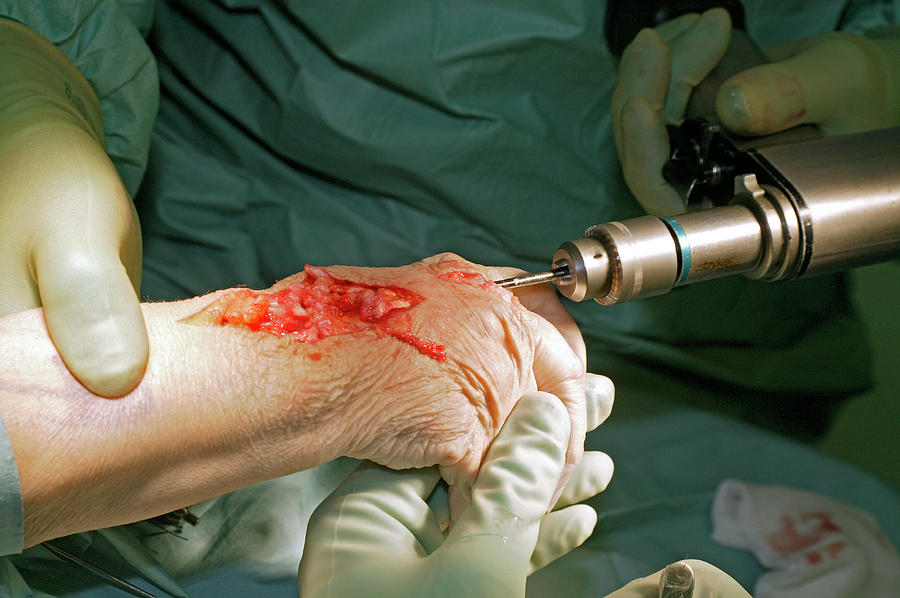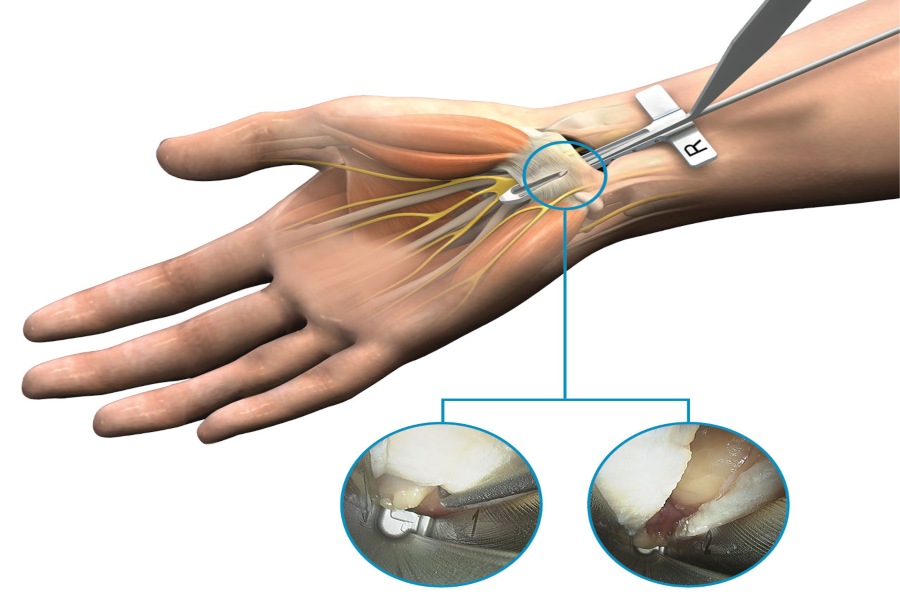

In addition to the shorter recovery time and small incision – that can be closed without sutures - carpal tunnel release with real-time ultrasound guidance offers other benefits: “Carpal tunnel surgery basically opens that band and frees it up so the nerve … can function like a nerve normally does,” Dzwierzynski said.Īccording to Sonex Health, based in the Twin Cities, many people with carpal tunnel syndrome “decline or delay surgery due to fear of surgery, long recovery time and economics.” And it would wake me up, sometimes a dozen times a night.”ĭuring surgery, the doctor loosens a band that is pressing on the nerve and cutting off the blood supply to the nerve. “It was especially bad driving to and from work. If left untreated, carpal tunnel syndrome could lead to permanent nerve injury, Dzwierzynski said, which could lead to atrophy of the muscles and the loss of strength and sensation.īefore his surgeries, Wiese said he was experiencing “terrible pain and numbness” in his hands. About 500,000 carpal tunnel surgeries are performed annually. That gives it added safety, along with the benefit of a smaller incision and faster return to activities.”Ĭarpal tunnel syndrome is caused by nerve compression in the hand and wrist, and it affects about 13 million people in the United States, Dzwierzynski said. I can see the branches of the nerve and the artery. “Using the device … I can see the nerve and the ligament through the small incision. William Dzwierzynski, chief of plastic surgery at the Milwaukee VA. “When I was training last century, we made big incisions, and we flayed people from the palm down to the wrist,” said Dr. The incision for the procedure is only about 4 millimeters – much smaller than the traditional surgery. The procedure - carpal tunnel release with real-time ultrasound guidance – relies on a device developed by Sonex Health that allows the surgeon to see the nerves without a major incision. But I was back to doing pretty normal activities within a week or two.” “I did wear a brace to sleep for the first couple of nights, just to provide a little bit of support. “I only took Tylenol and ibuprofen for the pain I didn't have to take anything stronger than that. Jonathan Wiese, who had the procedure on both wrists a few weeks apart. “The recovery was incredibly easy,” said Dr. The procedure is so minimally invasive that an Emergency Department doctor at the Milwaukee VA had the operation on a Thursday and was back at work two days later. In most cases, there is no need for a hard splint or cast after surgery.In fact, the Milwaukee VA is the only hospital in the Midwest doing the procedure and one of only two VA hospitals in the country offering it.
#CARPAL TUNNEL SURGERY SKIN#
The surgeon strategically makes a less than 1-inch incision over natural skin lines on the palm to minimize visible scarring after surgery.How is open carpal tunnel surgery performed?Īfter local anesthesia is administered and the patient is comfortable, an open carpal tunnel release is performed using the following steps: Traditional sedation anesthesia can also be used. Surgery can be done with the patient completely awake using a technique called wide-awake local anesthesia no tourniquet (WALANT), which involves just numbing the hand prior to the surgery.

The surgery itself takes 10-15-minutes and is performed on an outpatient basis.

It has been rated as one of the most satisfying and successful as well.

He favors the open technique because it allows him to visualize the nerve, which decreases the risk of injury and confirms complete release.Ĭarpal tunnel release is one of the most common hand surgeries performed. Donnelly performs both, his preference is the open approach. There are two main techniques to accomplish this, open and endoscopic. When non-surgical treatment options, such as such as bracing, anti-inflammatories, and corticosteroid injections, do not improve the symptoms of carpal tunnel syndrome, a carpal tunnel release may be performed to take the pressure off the nerve. Open carpal tunnel surgery relieves pain caused by carpal tunnel syndrome - essentially a pinched nerve in the wrist.


 0 kommentar(er)
0 kommentar(er)
